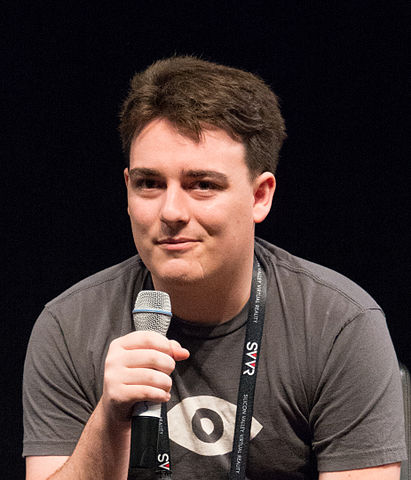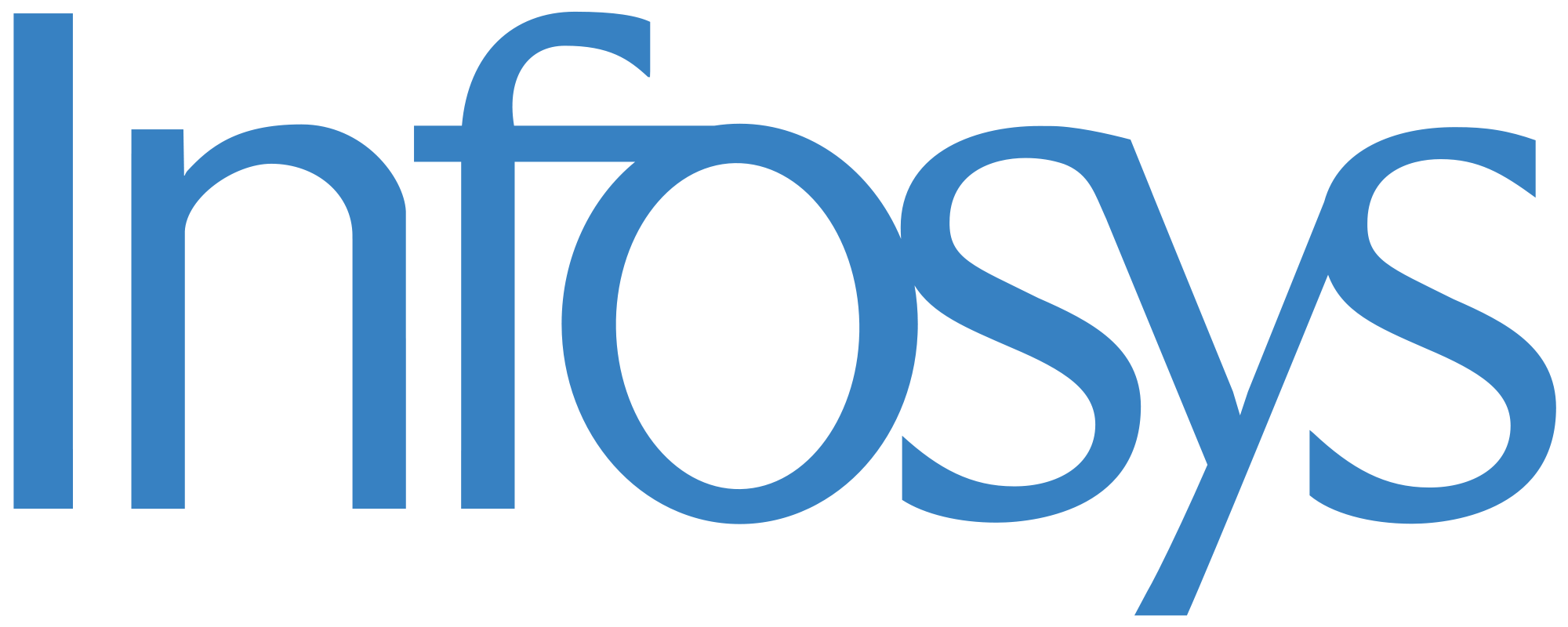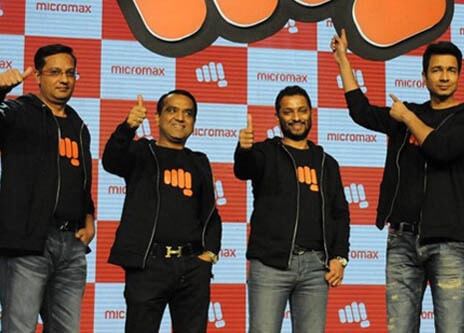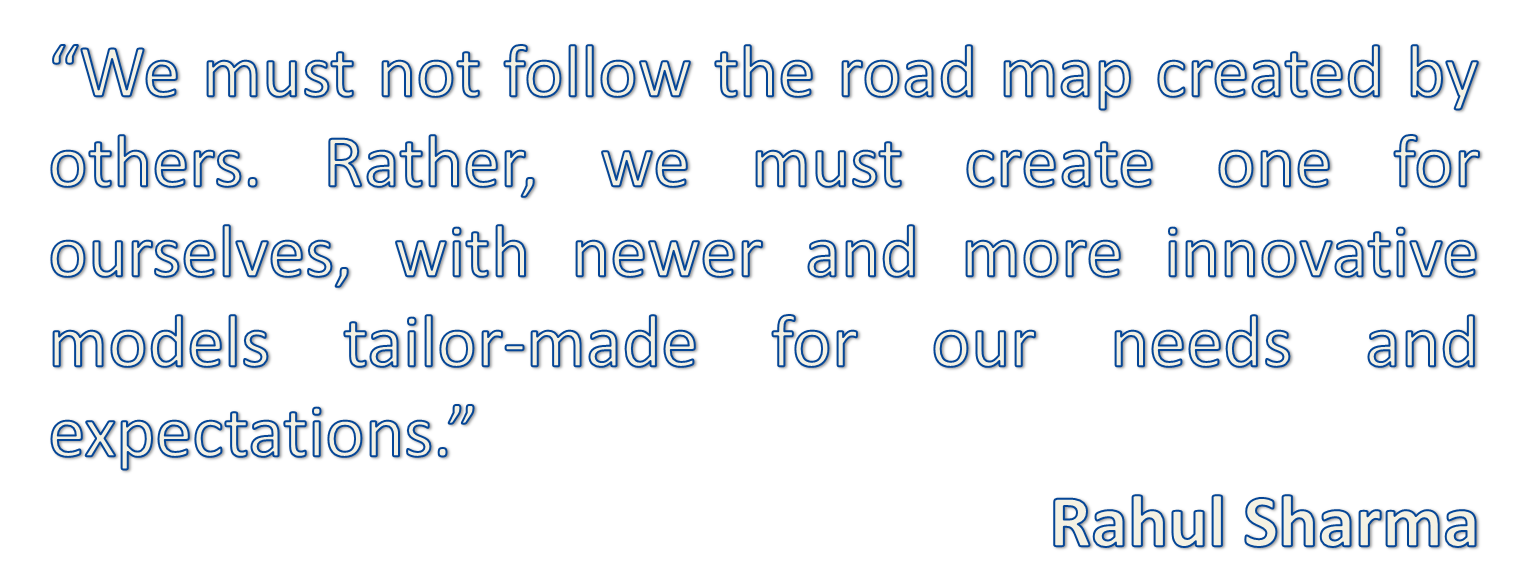Michael Dell, the Founder of Dell Inc.
Mid 1970s was the time when computers had started entering every house. The world was introduced to a machine which possessed the potential to complete people’s tasks in the matter of minutes. And, providing these services were just a handful of companies who were dominating the market. This, in turn, resulted in higher profits for the companies and only a particular set of class benefiting from the products due to their higher cost.
But the year 1984 would change the entire scenario of tech industry and bring about a revolution in the market. The year when a young and courageous man entered the business world with a unique concept which focused primarily towards the customer needs. Born on 23rd February, 1965 in Houston, Texas, Michael Dell is the founder and CEO of Dell Inc. Born to a stockbroker father and an orthodontist mother inspired Michael to aim higher and achieve bigger in life. While studying at Herod Elementary School in his hometown, Michael appeared for the high school equivalency exam at the tender age of eight to take a leap into business. By this time Michael’s mind was prepared to venture into the business world.
Michael spent his teenage days working for several part time jobs to earn money which he invested in stock market and precious metals. Dell even confessed that he craved for computers and stock market. He earned $2000 operating a mail-order trading business for stamps and baseball cards at the age of 12. And, just two years later, he did something which, we can say, marked the beginning of the revolution. He purchased an Apple II, disassembled it completely to study the hardware build and took his interest in computers to a whole new level.
Dell also worked part time as a marketing executive for Houston Post where he learnt some master selling strategies. During his college studies, in the University of Texas, Dell finally set up his own computer company “PCs Limited” – a baby step towards his lifetime dream – with his pocket money $1000. Dell’s business strategy was to provide his customers with affordable computers than any other companies like IBM. In his interview for the Success magazine Dell said, “I saw that you’d buy a PC for about $3000 and inside the PC was about $600 worth of parts. IBM would buy most of these parts from other companies, assemble them, and sell the computer to a dealer for $2000. Then the dealer, who knew very little about selling or supporting computers, would sell it for $3000 which was even more outrageous.” This inspired Dell to think out of the box. He thought of assembling the computers by himself and decided to inculcate this skill into his business model.
Dell used the direct selling method which would allow the customers to purchase products without any intermediates like the dealer. Thus, the customers could purchase the product at a surprisingly low price and every penny of the profit earned would belong to Dell. The next big decision he took was to drop out of college to focus on his business. The company was later renamed to Dell Computer Corporation. In 1992, at the age of 27, Dell became the youngest CEO and his company was ranked among top 500 companies by the Fortune Magazine.
In 1996, consumers were able to purchase Dell products online. The launch of company’s official online buying platform increased the demand and profits to numerous folds. The coming years added hundreds of thousands of customer base to Dell’s profile. Thus, making Dell the highest PC manufacturer in the world. In 2003 the company changed its name from Dell Computers to Dell, Inc. In 2004 Kevin B. Rollins took over Michael Dell’s CEO position but within 3 years he succeeded to take back the position.
Dell Inc. is among the top computer companies in the world today with a net worth of $24.8 billion as of February, 2017. The man who earned $1000 as his first income has now acquired tremendous wealth due to his ambition and smart business decisions. Forbes magazine has estimated Dell’s net worth to be about $20.8 billion. He, along with his wife Susan, has donated more than a billion dollars for various charities working for various social causes. He is also the author of Direct from Dell: Strategies That Revolutionized an Industry. Michael Dell, with his success and achievements, has set a riveting example for the youth to start their own business, introduce newer ideas and take risks.

Harshal Pawar is an avid reader, a TV show addict, and a writer. He has a personal blog brainwork.wordpress.com where he jots down his articles and poetry about love and life.
He is currently pursuing film-making and wishes to bring the words written on a paper to the screen. More of all he is a scorpio.









